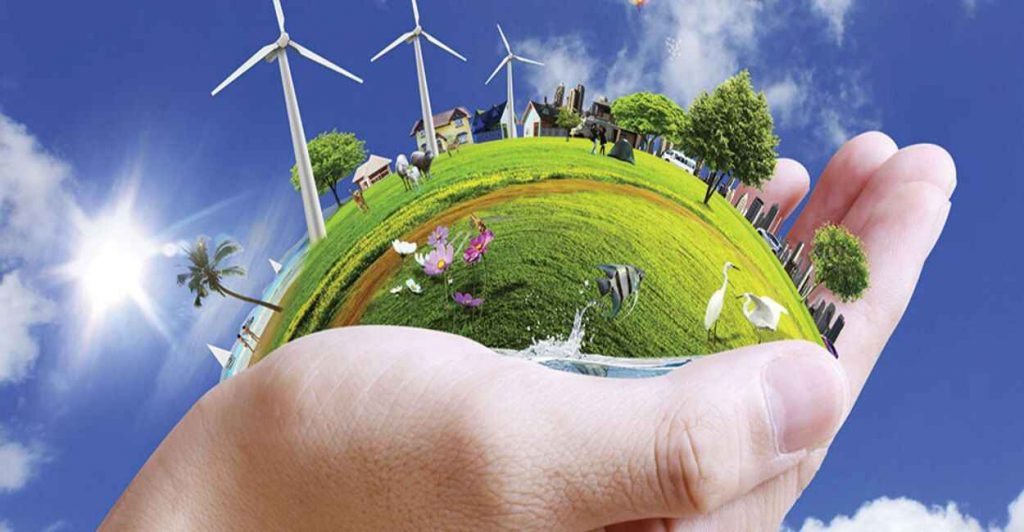Bhubaneswar: Odisha and Madhya Pradesh, with high renewable energy (RE) potential, backed by land banks and infrastructure to generate renewable power and manage seasonality, could emerge as key players in meeting India’s RE ambitions in the coming decades, according to a new study by the Council on Energy, Environment and Water (CEEW) recently. India has a RE potential of over 24,000 GW, but reaching 7,000 GW and achieving net-zero emissions by 2070 will need a holistic approach to addressing challenges such as land access, climate risks, land conflicts, and population density, the study noted.
Currently, the country has an installed RE capacity of 150 GW, and up to 1,500 GW, the constraints are relatively manageable. The study, ‘Unlocking India’s RE and Green Hydrogen Potential: An Assessment of Land, Water, and Climate Nexus’, highlights that deployment beyond 1,500 GW could face critical challenges as multiple constraints intensify, narrowing the runway to reach the net zero target. A considerable portion of India’s RE potential is in high climate-risk and high-land-price areas—only 18 per cent of onshore wind potential and 22 per cent of solar potential are located in areas with low climate risks and low land prices when looked at in isolation.
Also Read: India successfully test fires two surface-to-air missiles in two days off Odisha coast
However, the challenges to realising this potential increase too when other constraints such as population density, land conflicts and seasonality of solar power are factored in. The CEEW study recommends that states should establish graded land banks that consider RE quality, water availability, and proximity to infrastructure to ensure rapid project development. Evaluating and enhancing grid infrastructure and resilience are essential, particularly in regions with high RE seasonality, to support large-scale deployment.
Additionally, revising water management policies to prioritise energy production and assessing the need for surface water storage will be vital to sustaining green hydrogen production and mitigating resource challenges. The study also identifies states with high unconstrained RE potential. Rajasthan (6,464 GW), Madhya Pradesh (2,978 GW), Maharashtra (2,409 GW) and Ladakh (625 GW) have significant low-cost solar potential, while Karnataka (293 GW), Gujarat (212 GW), and Maharashtra (184 GW) offer considerable wind potential.
CEEW CEO Anabha Ghosh said, “India stands at a pivotal juncture in its energy transition. It has set out to do the near impossible: Provide energy access to millions of people, clean up one of the world’s largest energy systems, and become a green industrial powerhouse. While our RE potential is vast, the road to net zero is fraught with challenges. From land conflicts and population density to the unpredictable but undeniable impact of climate change, every step forward will demand resilience and innovation.”

